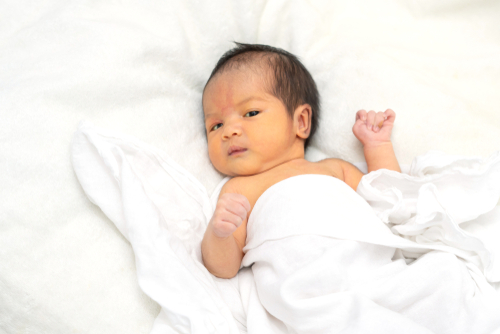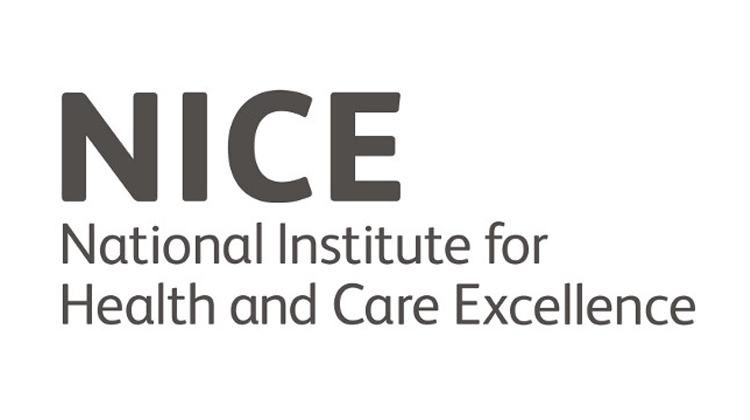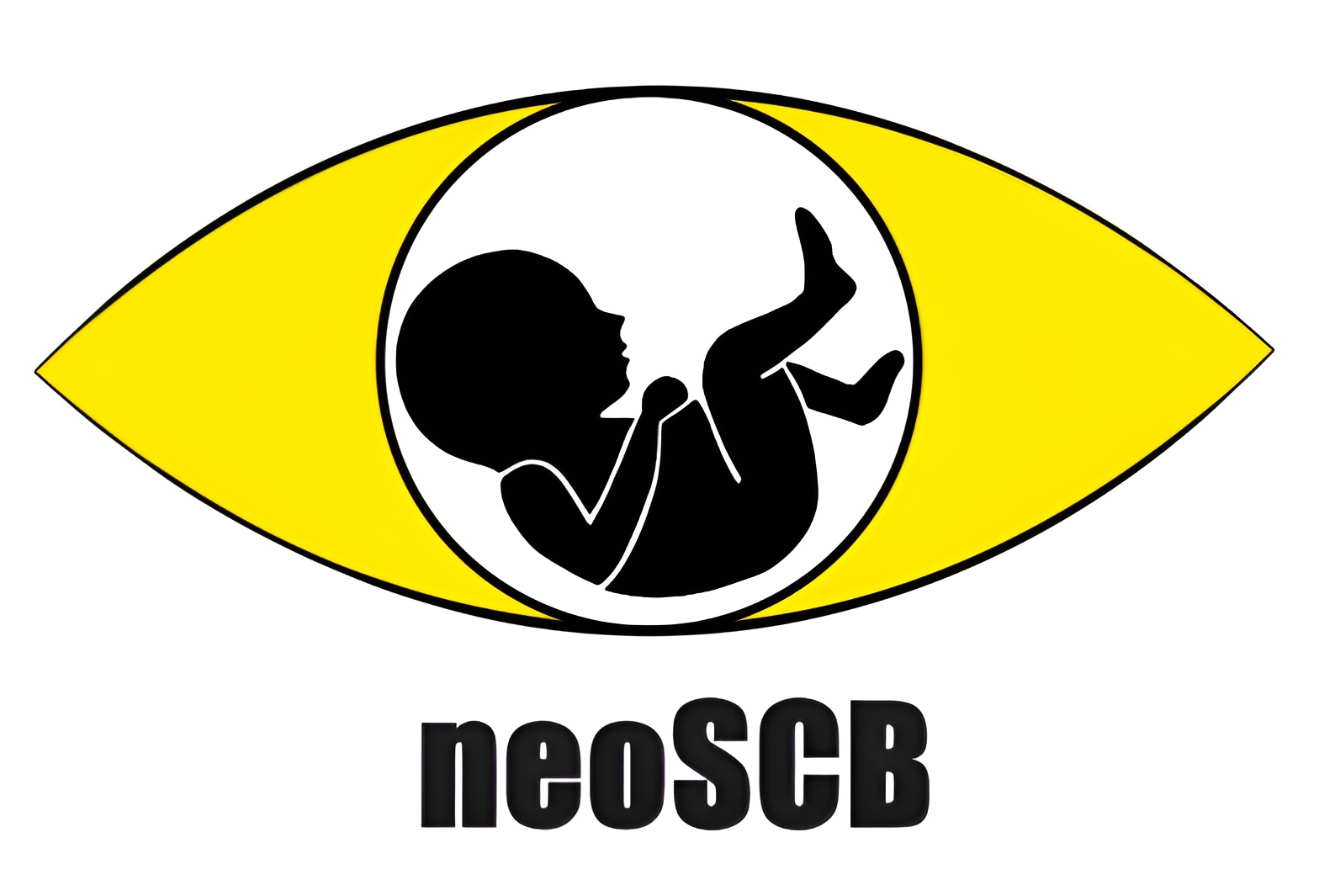Information for Parents
About Jaundice
Learn about jaundice, a common condition affecting over 60% of newborns worldwide, causing a yellowing of the skin and eyes due to high bilirubin levels. Early detection and treatment are crucial to prevent severe complications, making awareness and understanding essential for everyone.
The Numbers
In 2010 alone, worldwide newborn jaundice effects included:
114,100
deaths
64,100
developed hearing loss
62,100
suffered developmental delays
35,000
developed athetoid cerebral palsy
17,700
suffered other neurological disabilities
[1]
What is Jaundice?
Neonatal Jaundice is a common condition in newborn babies, affecting 80% of preterm babies and 60% of term babies. It is caused by a buildup of bilirubin in the body, which manifests as a yellow discolouration of the skin and whites of the eyes (sclera and conjunctiva). Bilirubin is a yellow pigment that occurs naturally in the body as a breakdown product of heme, which is present in red blood cells.
However, bilirubin is neurotoxic and when concentrations are too high, it can cross the blood-brain barrier. This can cause short-term neurological dysfunction (kernicterus), long-term brain damage, or death. For this reason, although most cases of jaundice pass naturally within 10 to 14 days, it is important to monitor jaundice levels so treatment can be administered in a timely fashion if required.
The global distribution of long-term impairments following kernicterus is closely linked to Neonatal Jaundice. Whilst South Asia has the highest prevalence of long-term impairment, Sub-Saharan Africa has the highest percentage of long-term impairments.[2]
Symptoms
Jaundiced newborns can be identified by their yellowed skin. However, obvious external signs of jaundice can be harder to identify on children with darker skin tones. For this reason, jaundice in newborns from Sub-Saharan Africa as well as regions in Asia and South America are less likely to be identified. In these cases, other signs of jaundice should be taken into consideration. These include:
- yellowing of the sclera and conjunctiva (the white outer layer of the eyeball);
- yellowing of the palms and soles;
- yellowing inside the mouth;
- poor feeding;
Our project aims to specifically use the yellowness of the sclera as a method to accurately identify jaundice in newborns.
Treatment
Phototherapy
In moderate cases, the safer, non- invasive option of phototherapy is preferred. Phototherapy involves keeping the baby under blue light in the wavelength range 460-490 nm. This wavelength of light isomerises unconjugated bilirubin which causes damage to the brain into a non-toxic form that is more easily excreted by the body [5].
Exchange Blood Transfusion
In the most severe cases, exchange transfusion is used to urgently reduce the concentration of bilirubin in the blood.
Causes
Natural
Jaundice is very common in neonates. There are several contributing factors:
- newborns naturally have a higher rate of hemolysis (red blood cell breakdown), as fetal red blood cells have shorter lifespans;
- the enzyme that conjugates bilirubin in the liver takes some time to gain function after birth;
- bilirubin is re-absorbed into circulation by the gut;
- bruising during childbirth is common, creating an greater load of hemolysis [2].
These are physiological factors common to all newborns, and jaundice that results is known as physiological jaundice. In the majority of cases, it will resolve without the need for intervention, but it must be carefully monitored [3].
Pathological
Neonatal jaundice can also be the result of underlying health problems, in which case it is known as pathological jaundice. Examples of health problems that exacerbate jaundice include:
- Diseases of the liver
- Blood group incompatibility. This can cause the rate of red blood cell breakdown to increase (hemolytic disease of the newborn);
- Sepsis;
- Glucose 6 phosphate dehydrogenase (G6PD) deficiency. This is an inherited enzyme deficiency that also leads to an increased rate of hemolysis; Sub-Saharan Africa has the highest prevalence of G6PD
Screening & Diagnosis
The gold standard test for diagnosis of jaundice is a blood test to determine the total serum bilirubin (TSB), a concentration measured in micromoles per litre or milligrams per decilitre. This can be painful for babies and distressing for parents.
As it is neither possible nor desirable to monitor bilirubin levels via blood tests alone, neonates must be regularly screened for jaundice in other ways. Most commonly this is done via a visual inspection, ideally by a midwife or doctor. Parents are advised to check for any yellow discolouration under a bright, preferably natural source of light by pressing lightly on the skin. In babies with darker skin tones, it is recommended to inspect the gums and whites of the eyes for signs of jaundice [4].
It is not recommended to rely on visual inspection alone, as this can be subjective and difficult for untrained individuals. A screening measurement can be made using a transcutaneous bilirubinometer (TcB). This is a hand-held optical device that, when pressed to the skin of the forehead or chest, can provide an estimate for TSB. TcBs are useful screening tools because they are non-invasive and give an on-the-spot, objective indication of jaundice severity.
Limitations
Visual inspection is subjective and unreliable, and thus should not be relied upon as the sole method for identifying jaundiced babies [4] [6] [7] [8]. Visual identification of neonatal jaundice is especially difficult for inexperienced individuals such as parents.
A transcutaneous bilirubinometer costs approximately £3,400 (NHS costing report, 2010 [4]), which is rather expensive in low resource settings.
There is thus a need for an inexpensive, accessible, objective screening method, especially in a global context.





Need more information?
Please see the NICE (National Institute for Health and Care Excellence) guidelines on neonatal jaundice.
Global Prevalence of Neonatal Jaundice (NNJ) and Severe Neonatal Jaundice (SNJ) Among Hospitalised Neonates [12]
References
[1] V. K. Bhutani, A. Zipursky, H. Blencowe, R. Khanna, M. Sgro, F. Ebbe- sen, J. Bell, R. Mori, T. M. Slusher, N. Fahmy, et al., “Neonatal hyperbilirubinemia and rhesus disease of the newborn: incidence and impairment estimates for 2010 at regional and global levels,” Pediatric research, vol. 74, no. Suppl 1, p. 86, 2013.
[2] R. Joshi and B. Jain, Multiple Choice Questions in Physiology. B. Jain BHMS Solved Papers, B Jain Publishers Pvt Limited, 2002.
[3] J. Rennie, S. Burman-Roy, M. S. Murphy, G. D. Group, et al., “Neonatal jaundice: summary of nice guidance,” BMJ, vol. 340, no. 7757, p. c2409, 2010.
[4] R. C. Amos, H. Jacob, and W. Leith, “Jaundice in newborn babies under 28 days: Nice guideline 2016 (cg98),” Archives of Disease in Childhood, vol. 102, no. 4, pp. 207–209, 2017.
[5] M. J. Maisels and A. F. McDonagh, “Phototherapy for neonatal jaun- dice,” New England Journal of Medicine, vol. 358, no. 9, pp. 920–928, 2008.
[6] V. A. Moyer, C. Ahn, and S. Sneed, “Accuracy of clinical judgment in neonatal jaundice,” Archives of pediatrics & adolescent medicine, vol. 154, no. 4, pp. 391–394, 2000.
[7] D. De Luca, E. Zecca, A. A. Zuppa, and C. Romagnoli, “The joint use of human and electronic eye: visual assessment of jaundice and tran- scutaneous bilirubinometry,” The Turkish journal of pediatrics, vol. 50, no. 5, p. 456, 2008.
[8] A. A. of Pediatrics Subcommittee on Hyperbilirubinemia et al., “Man- agement of hyperbilirubinemia in the newborn infant 35 or more weeks of gestation.,” Pediatrics, vol. 114, no. 1, p. 297, 2004.
[9] B. O. Olusanya, D. O. Imosemi, and A. A. Emokpae, “Differences between transcutaneous and serum bilirubin measurements in black african neonates,” Pediatrics, p. e20160907, 2016.
[10] T. M. Slusher, I. A. Angyo, F. Bode-Thomas, F. Akor, S. D. Pam, A. A. Adetunji, D. W. McLaren, R. J. Wong, H. J. Vreman, and D. K. Steven- son, “Transcutaneous bilirubin measurements and serum total bilirubin levels in indigenous african infants,” Pediatrics, vol. 113, no. 6, pp. 1636– 1641, 2004.
[11] M. Afanetti, S. E. dit Trolli, N. Yousef, I. Jrad, and M. Mokhtari, “Transcutaneous bilirubinometry is not influenced by term or skin color in neonates,” Early human development, vol. 90, no. 8, pp. 417–420, 2014.
[12] U. M. Diala et al., “Global Prevalence of Severe Neonatal Jaundice among Hospital Admissions: A Systematic Review and Meta-Analysis,” Journal Of Clinical Medicine, vol. 12, no. 11, pp. 3738–3738, May 2023, doi: https://doi.org/10.3390/jcm12113738
